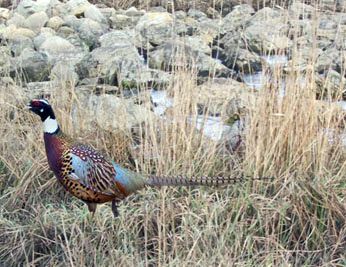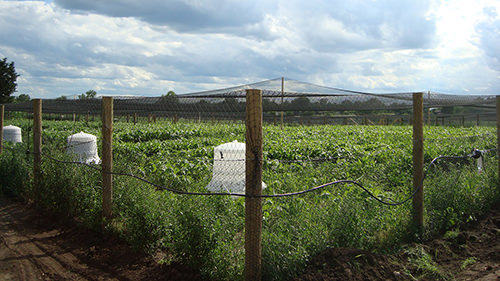Mowing Is A Must! Pheasants Need Open Space To Get Sunlight, Warm Up, And Dry Off
At six to seven weeks of age, pheasants are moved from the brooder barn into flight pens. They live in these flight pens until they are shipped, around twenty-two weeks of age. Understanding how to manage covered pens is essential in producing a quality pheasant.
Establishing cover in the pen is the first step. Optimally, all pens should be tilled in the spring of the year. Once tilled, a cover crop needs to be established. During dry periods, irrigating the cover crop may be necessary. Corn is by far the most popular, and works rather well. Lamb’s-quarters and Kochia are two weeds that also work exceptionally well in covered pens. You will find these two hold up well into the winter months, and even into the spring. Whatever the cover crop, it is essential to also have good low cover. Low cover includes anything that is growing close to the ground.
Once cover is established, you may need to mow areas of your pens. Pheasants need a certain amount of open space to get sunlight, warm up, and dry off. A minimum of fifteen percent of the pen needs to be open (devoid of cover).
Once the cover has been established, the pen needs to be set up. The first step is to determine how many birds will fit in the pen. Roosters can be put out at a density of twentysix square feet per bird and hens at a density of twenty square feet per bird, assuming the birds have on peepers. Once the number of birds is determined, the rest of the pen can be set up. Enough feeders should be put in the pen to ensure a minimum of .7 inches of feeder space per bird. Enough drinkers should be added to ensure a minimum of .13 inches of water space per bird. A 4’x5’ shelter will accommodate one hundred birds. There should be enough shelters in the pen to accommodate all the birds in the pen. Once the pen has been set up, birds can be moved to it.
When birds are first moved to the flight pens it is crucial they have feed and water located at the place they are put into the pens. This is a new environment for the birds and it will take a while for them to find the food and water. Add supplementary feed and water for a period of seven days. After one week the birds will be acclimated to their new environment and will have found the feed and water.
Low cover may dwindle as the summer progresses. If this happens go into the pen and knock down the cover. This is easily accomplished by driving over the cover with a tractor, gator, golf cart, etc. It is important to just run over the cover, not mow it down. The knocked down cover serves the same purpose as low cover it reduces the chance of the birds picking.
Pheasants are most aggressive between nine and twelve weeks of age. If you can get them through twelve weeks of age without picking, chances are they will not start. If space is available, give the birds more room early and consolidate them when they get older. It’s a bit more work, but much better for the birds.
Rearing pheasants in flight pens is a lot like baking cookies. There is a recipe that needs to be followed. If you follow the recipe in regards to cover, feeders, drinkers, huts, etc, the end product will be awesome. If any ingredients are left out or altered, then the end product will be less than desirable.
Here is the bottom line: Follow the recipe, don’t cut corners, and be successful.
Related Posts
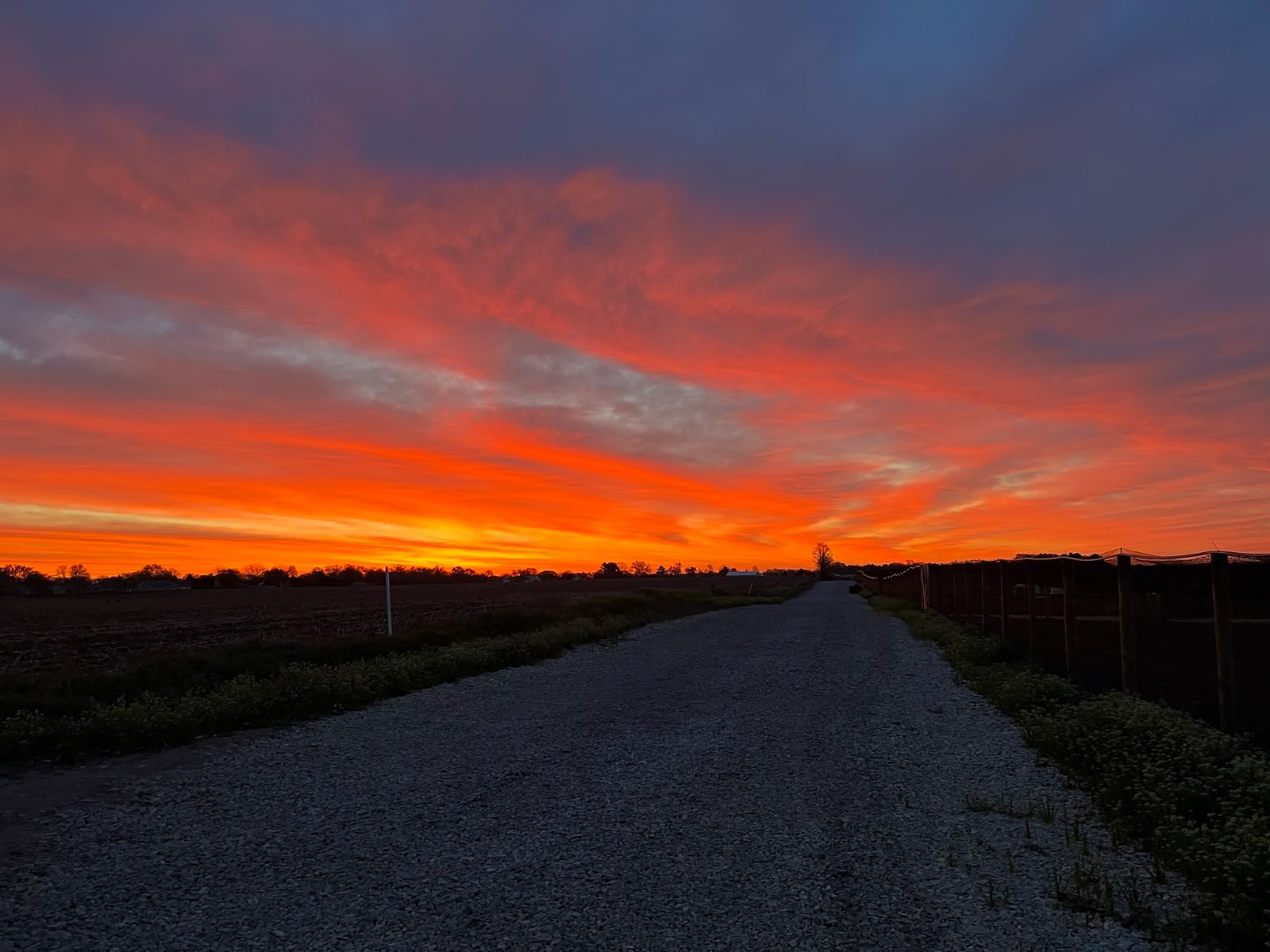
A Journey of Expansion: Jim Clark’s Legacy & Our New 16 Acres of Pheasant Pens
Read Post

Preparing Our Barns & Pens Each Spring
Read Post
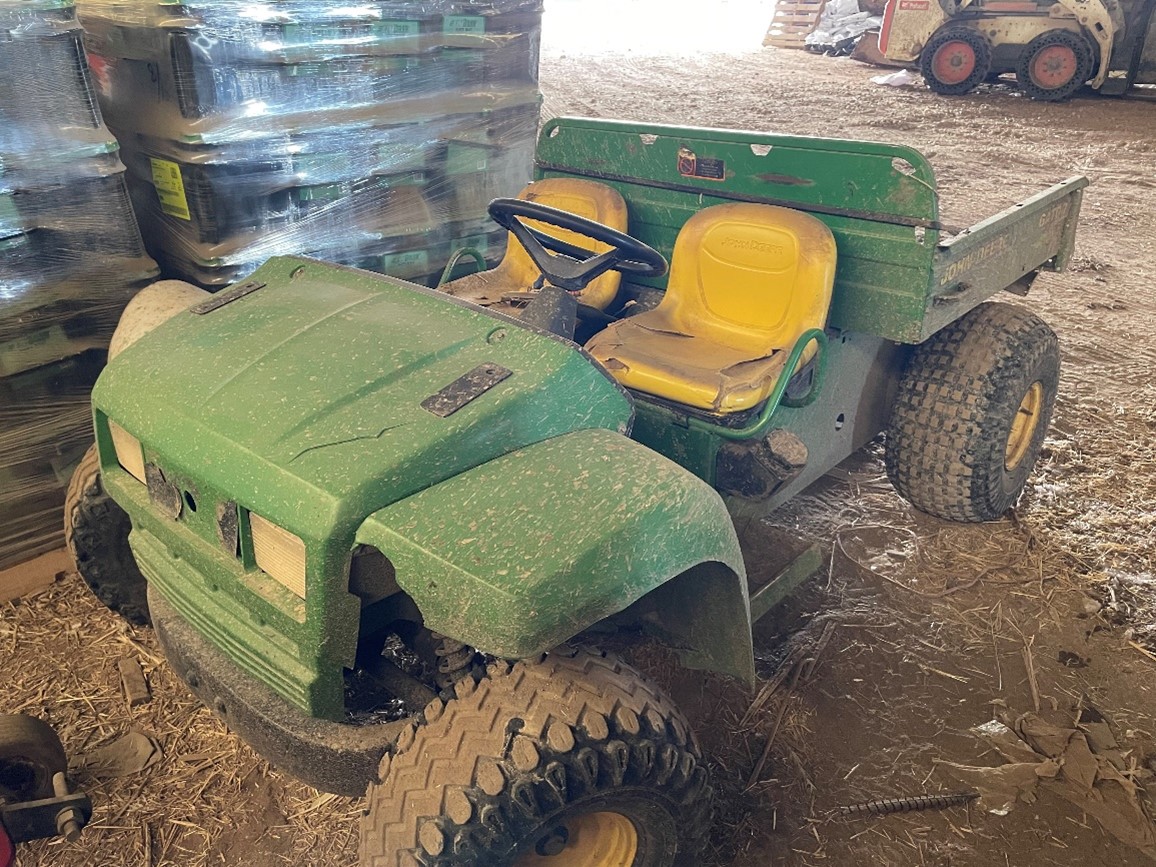
MacFarlane Pheasants is Using 4-Wheelers for Farm Upkeep
Read Post
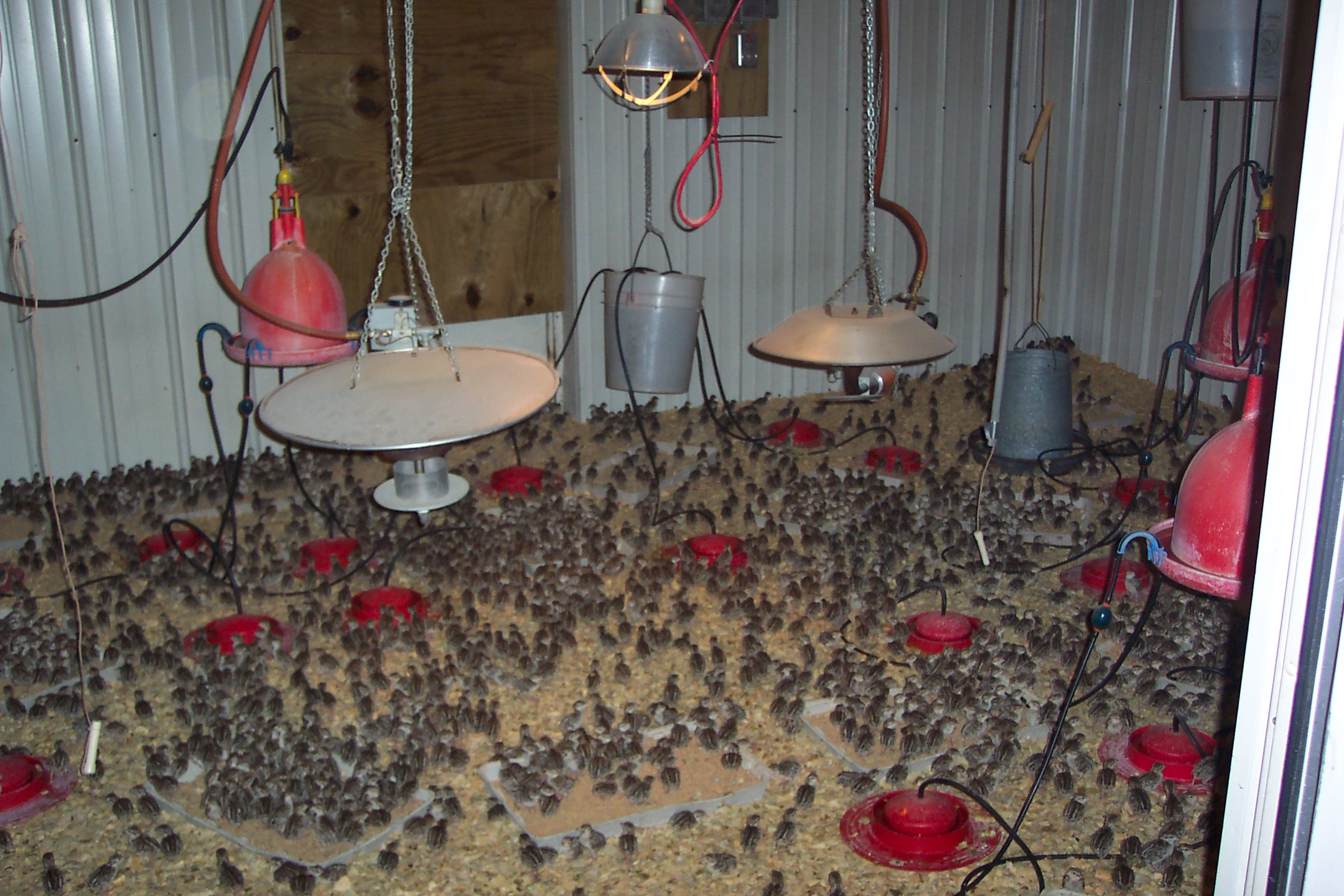
How We Prepare For Brooding Our Chicks
Read Post
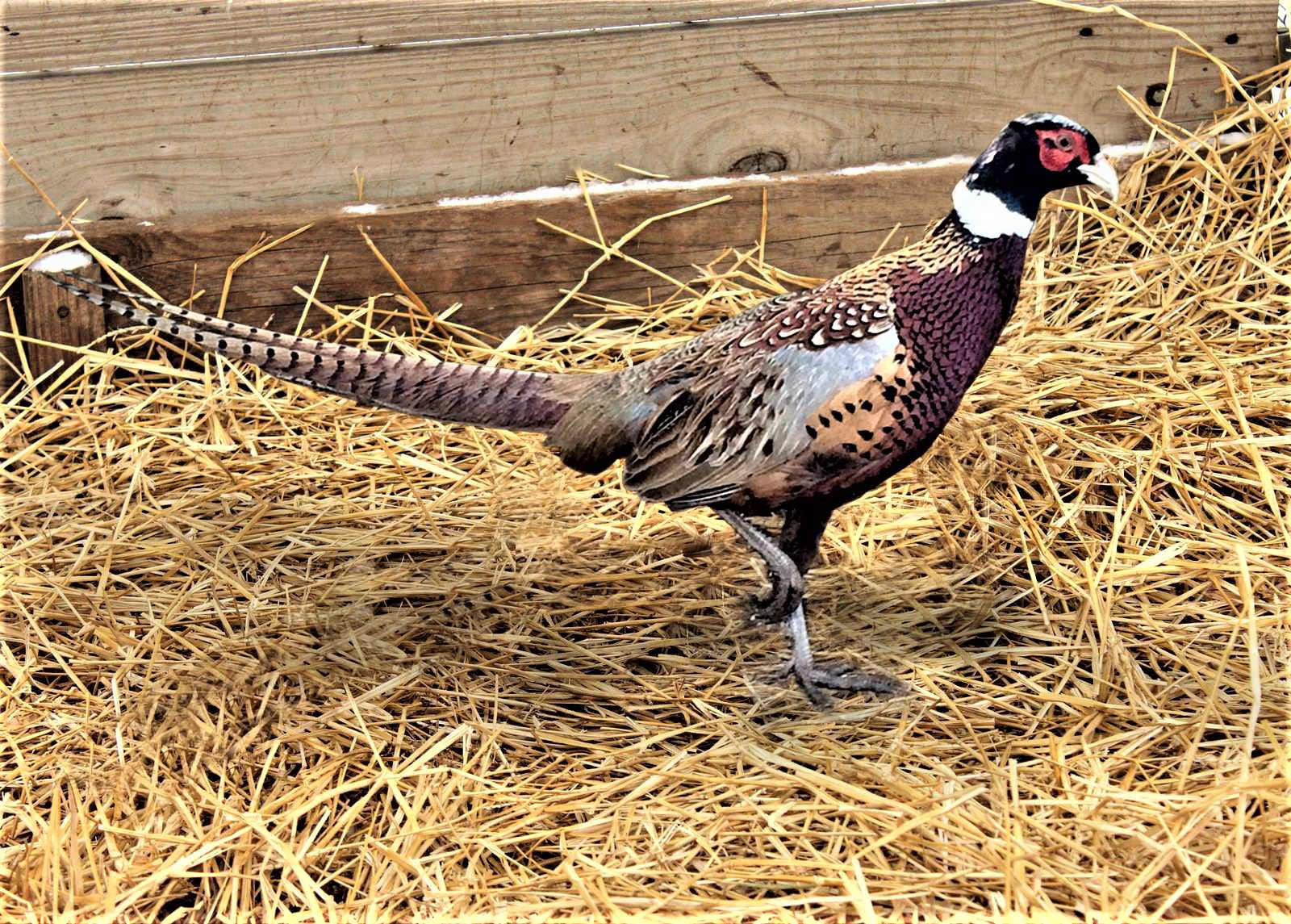
Our Milton Farm in 2024!
Read Post
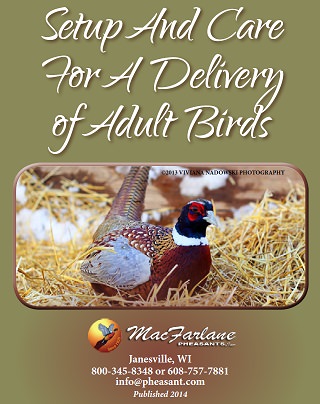
10 Steps to Prepare for a Delivery of Mature Game Birds
Read Post

10 Ways To Get the Most Out Of Brooder Barns
Read Post

4 Steps to Keeping Pheasants Healthy in Winter
Read Post
Take Advantage of These Free Resources
As the biggest game bird farm in the United States, we want to share our experience with you. Download our free resources below and get started.


